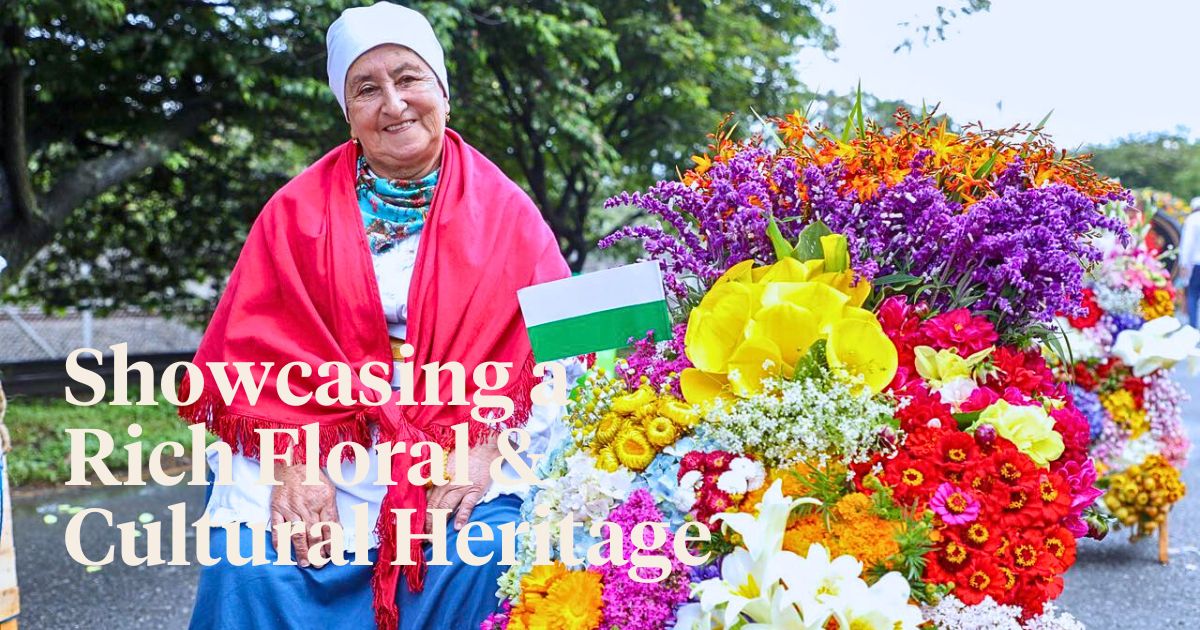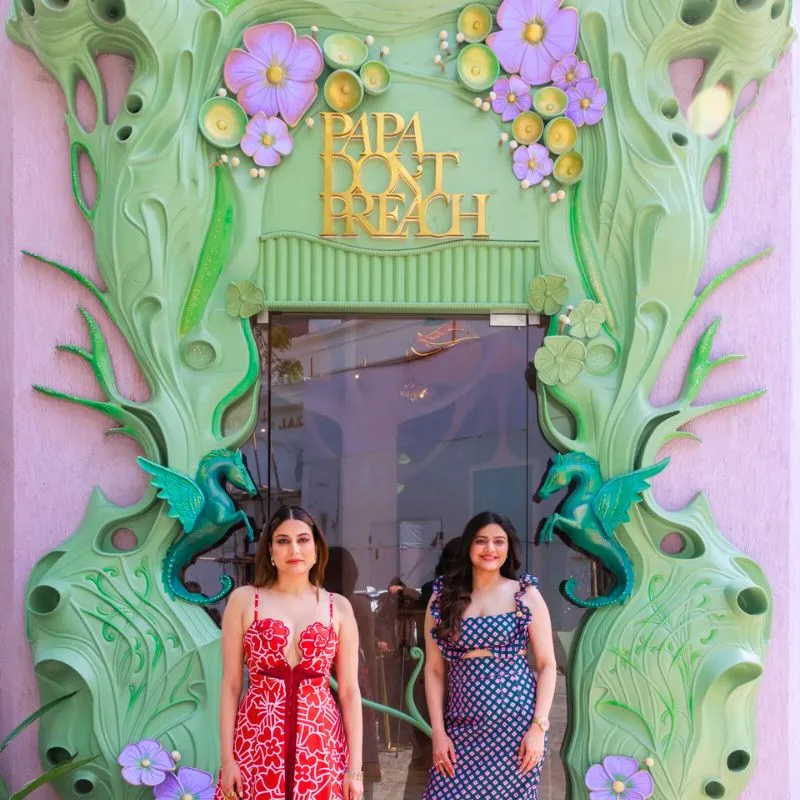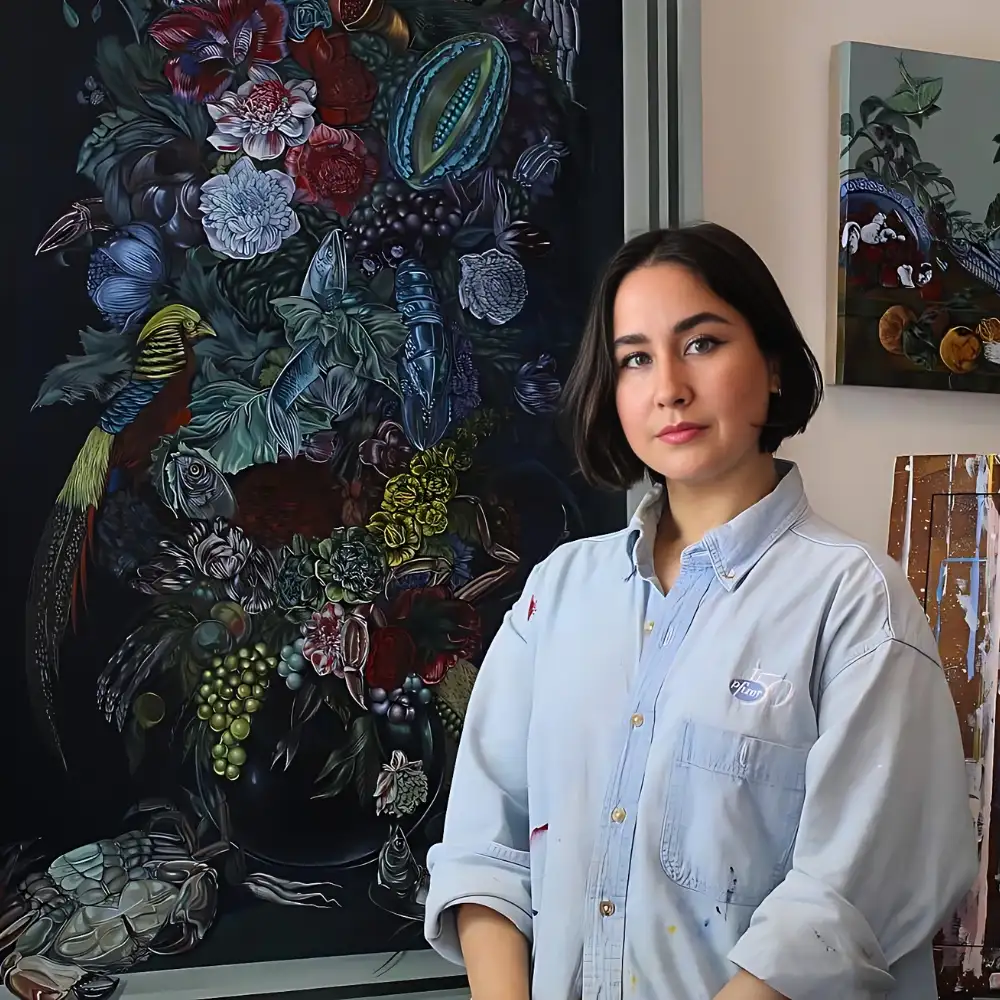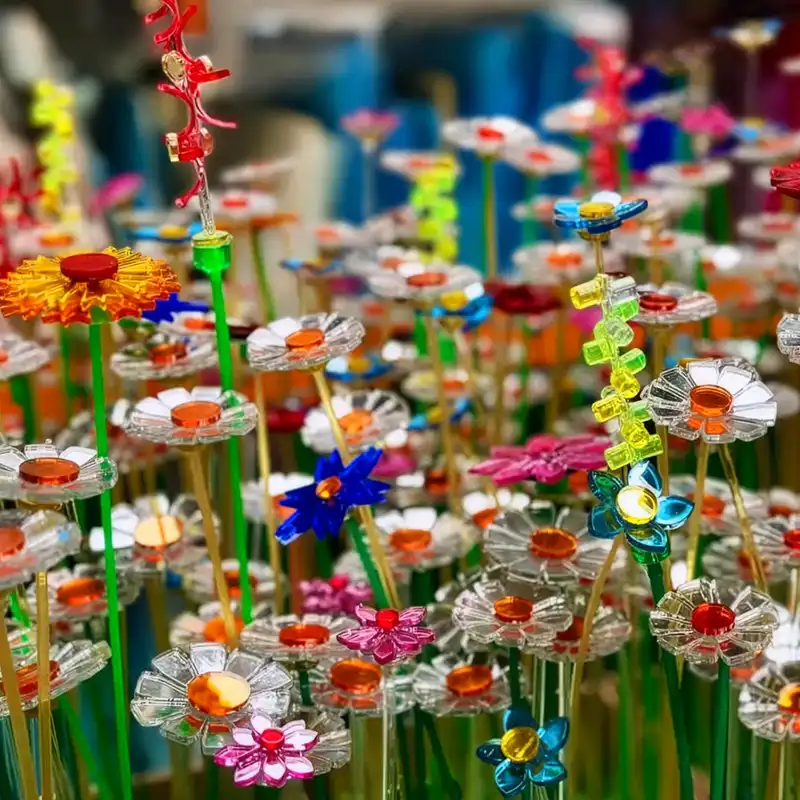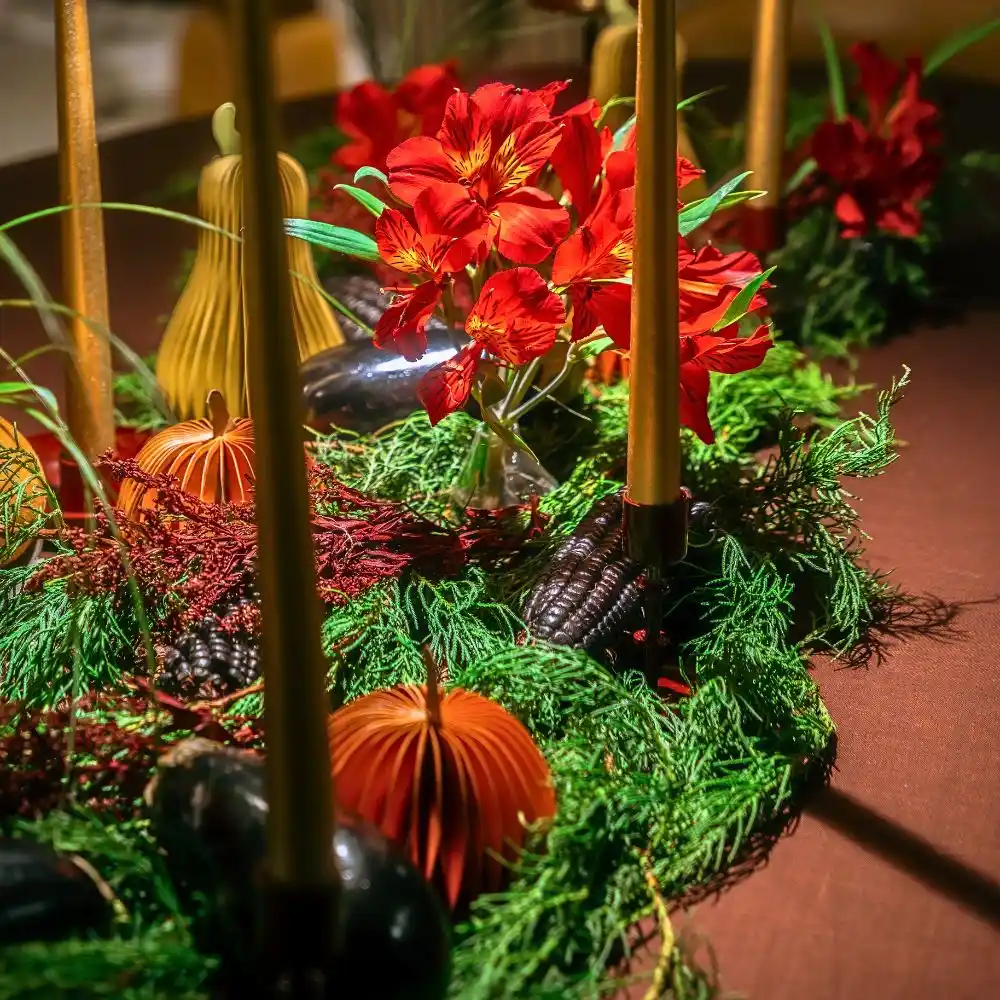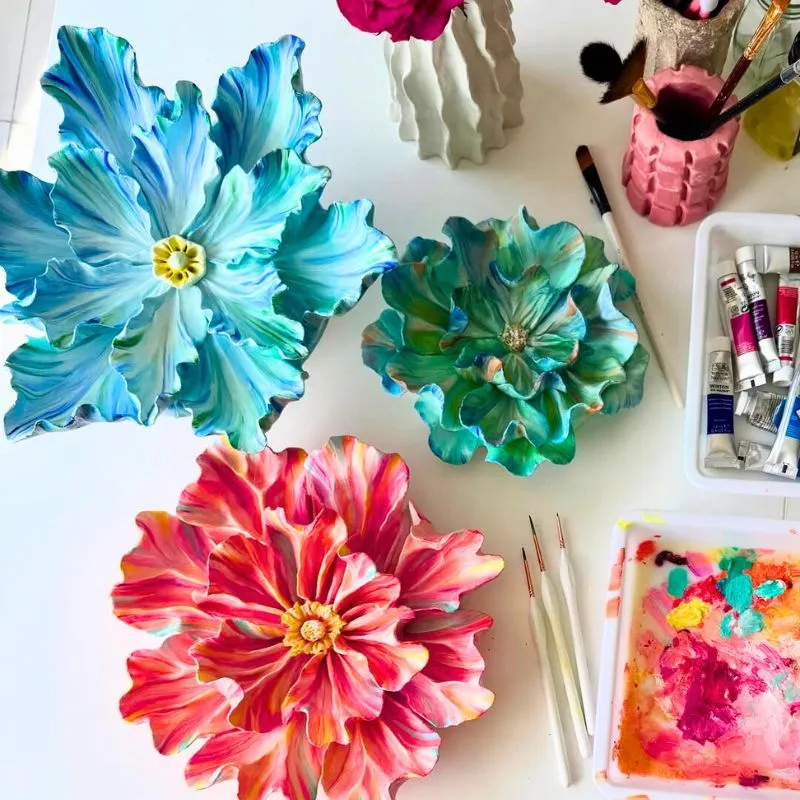Every August, the Colombian city of Medellín — affectionately known as the 'City of Eternal Spring' — erupts into a lively mix of color, humanity, and flowers during the Feria de las Flores. This is a 10-day celebration, usually held within the days marking the month, to celebrate local culture and the country's rich floral artistry.
A much-beloved festival that bears witness to Medellín's rich heritage and thriving flower industry, Feria de las Flores draws people from across the globe, eager to engross themselves in the air of festivity, music, and cultural traditions, all enveloped in flowers.
From Humble Beginnings to a National Celebration
The Colombian flower industry has been one of the country’s major development success stories in the last several years. Growing from small beginnings in 1966, this South American country is now one of the top flower producers globally. Feria de las Flores — sometimes called the Medellín Flower Festival — is just one of the celebrations held to showcase this development, bringing to the forefront the country's muscle in flower production.
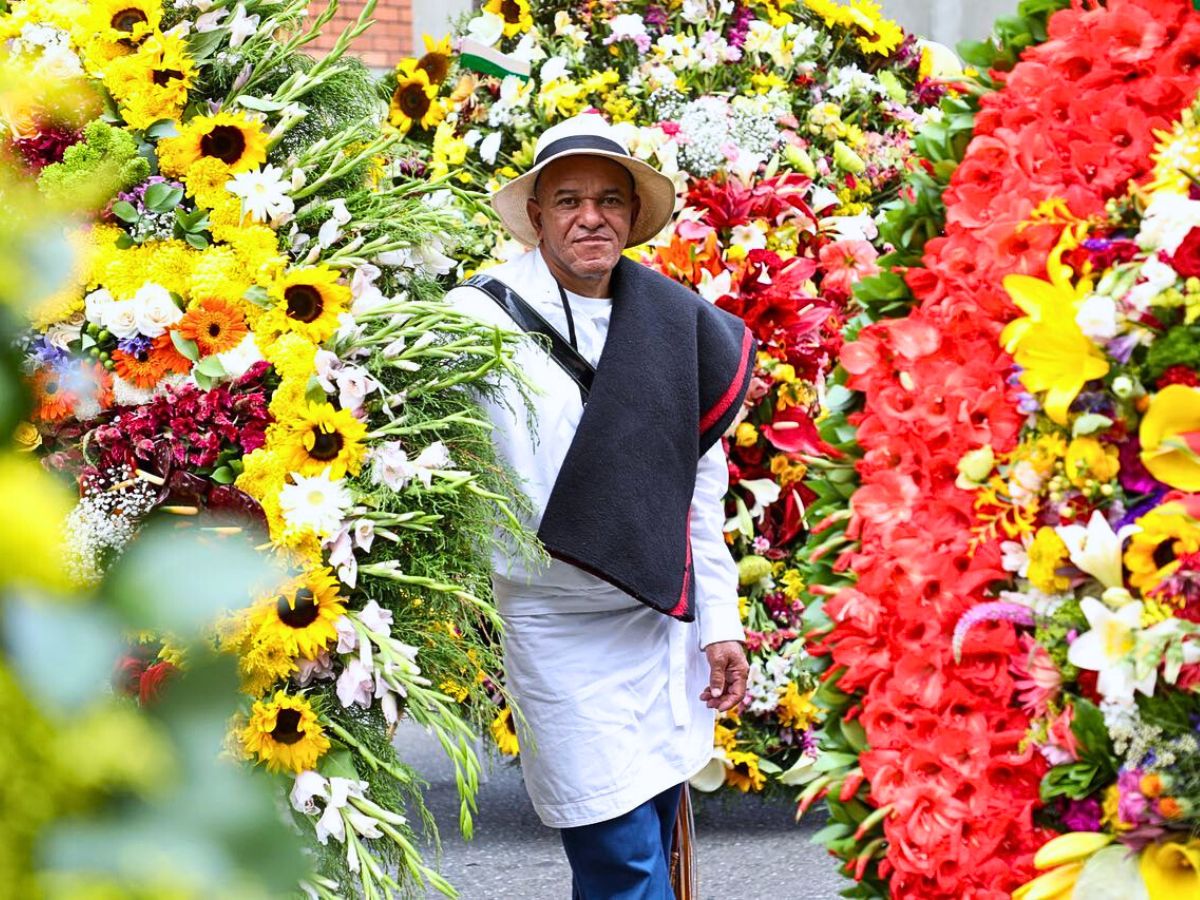
Photo by @mb.audiovisual
In a country so proud of its flower industry and never foregoes an opportunity to showcase its floral beauty through different festivals, Feria de las Flores, in its case celebrates Medellín's rich cultural identity and its spectacular floral bountifulness. It has its origins in the city's history as a leading innovation hub and a long-lasting connection to its agricultural past.
The festival's origins date back to 1957, when Arturo Uribe Arango, a Medellín's Office for the Promotion of Tourism member, envisioned a parade featuring and celebrating the region's skilled flower growers, and carriers known as silleteros. It initially featured a group of local flower growers who organized a small gathering to showcase their beautiful blooms and boost the flower market. The city, known then as the ‘Flower Capital of America’, was the perfect setting for this celebration.
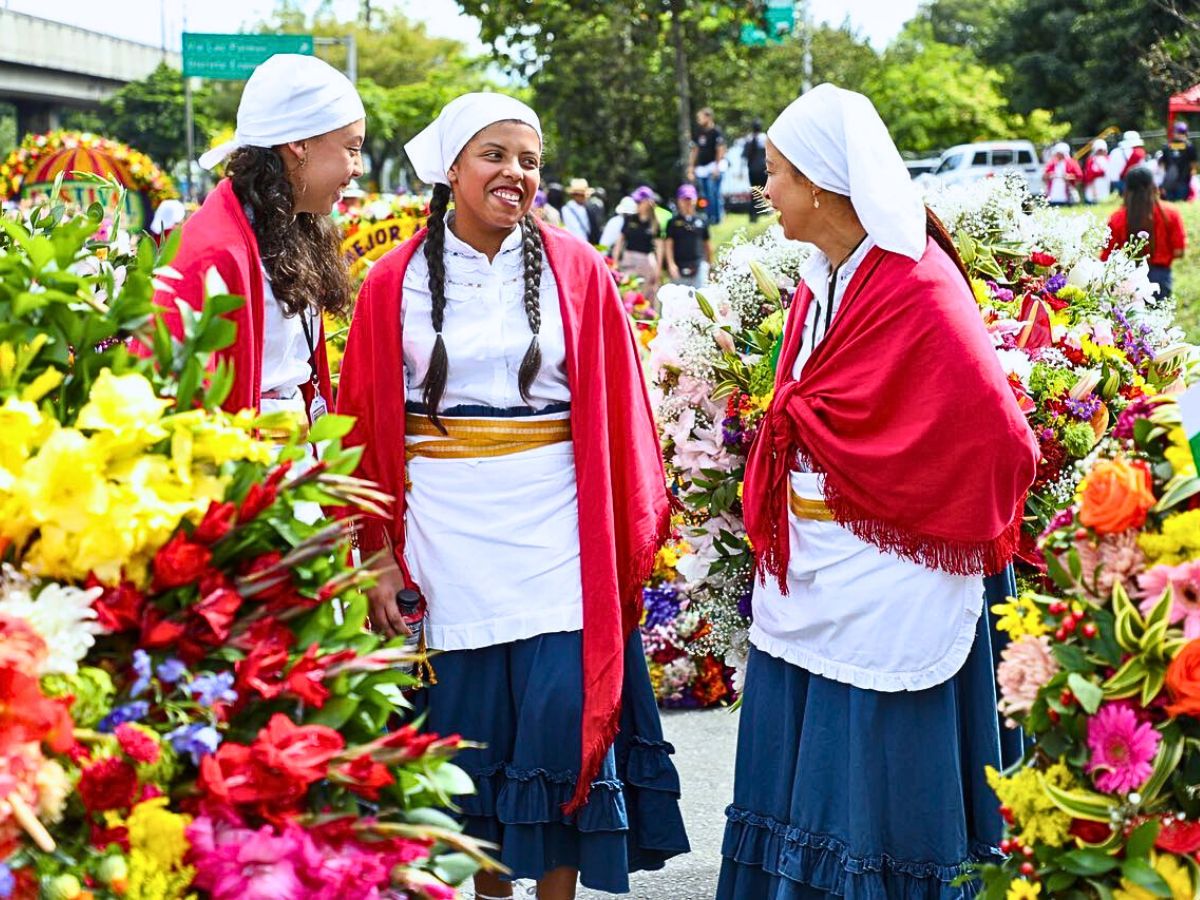
Photo by @mb.audiovisual
The name ‘silletero’ comes from the word ‘silla’, which means chair in Spanish. The history of the silletero in Colombia dates back to the early 20th century when a type of chair called a ‘silleta’ — a small chair — was mounted on the backs of farmers to help carry agricultural goods through challenging terrains - some historical reports indicate that this practice was used in colonial times to transport people through the Andes mountains, in Antioquia. The silleta was later used to transport goods from farms to markets.
Even so, the flower growers and carriers — silleteros — participating in the original Feria de las Flores, came from the nearby town of Santa Elena. This small town, located to the east of the city, is the home of Medellín’s flower culture. It is from here that most of the region’s flower growers, and most of the silleteros in the parade hailed.
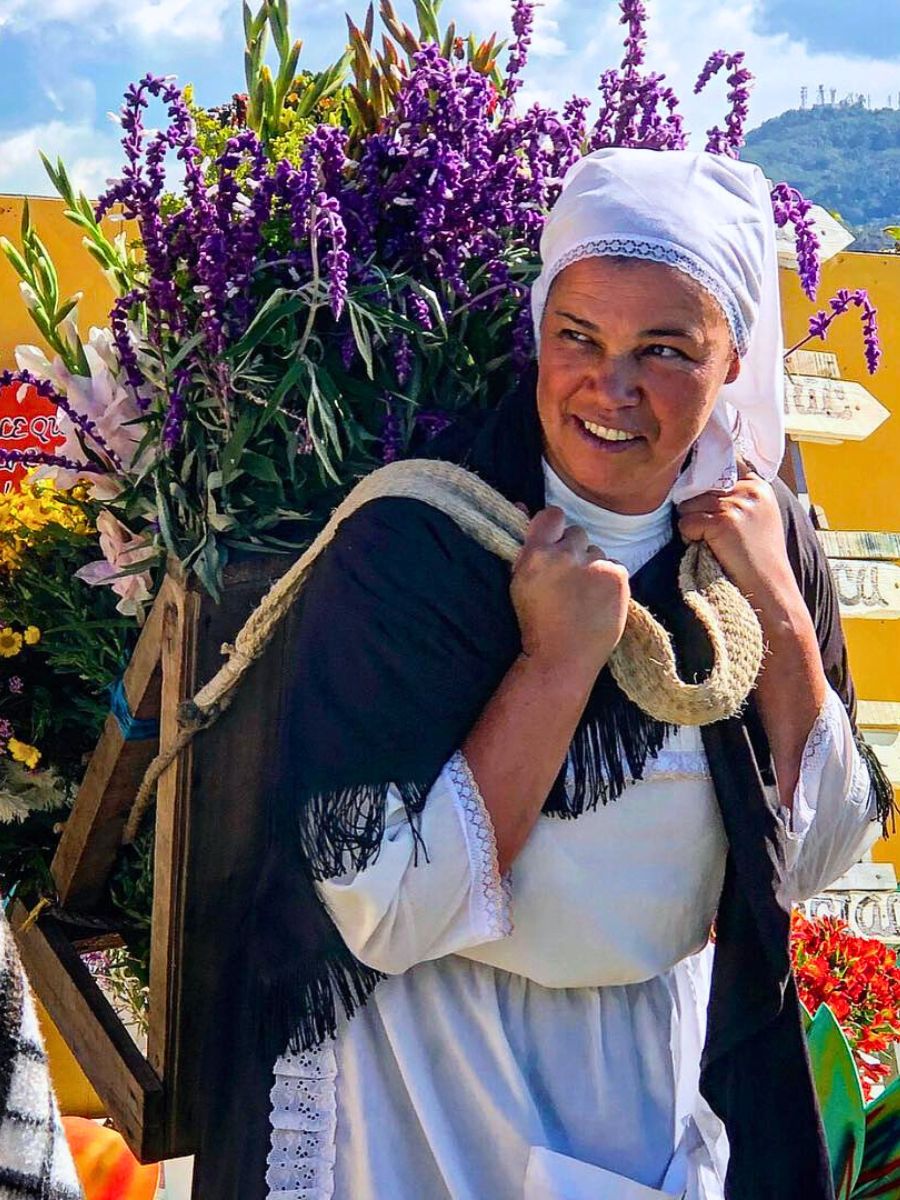
Photo by @eatdrinkandbemyra
The silleteros had generations of experience cultivating and arranging flowers, a skill passed down through their families. They, also, used the silletas to transport their fruits, vegetables, and flowers through the difficult journey down the valley of Medellin to the Placita de Flores (the flower market). Opened in 1891, this flower market still works today.
Arturo, therefore, invited these flower growers and carriers to showcase their floral artistry and trade, and initially, just a handful of silleteros answered the call. They presented their beautiful floral creations — carried on their backs — in the first such parade. But this modest parade enthralled the city!
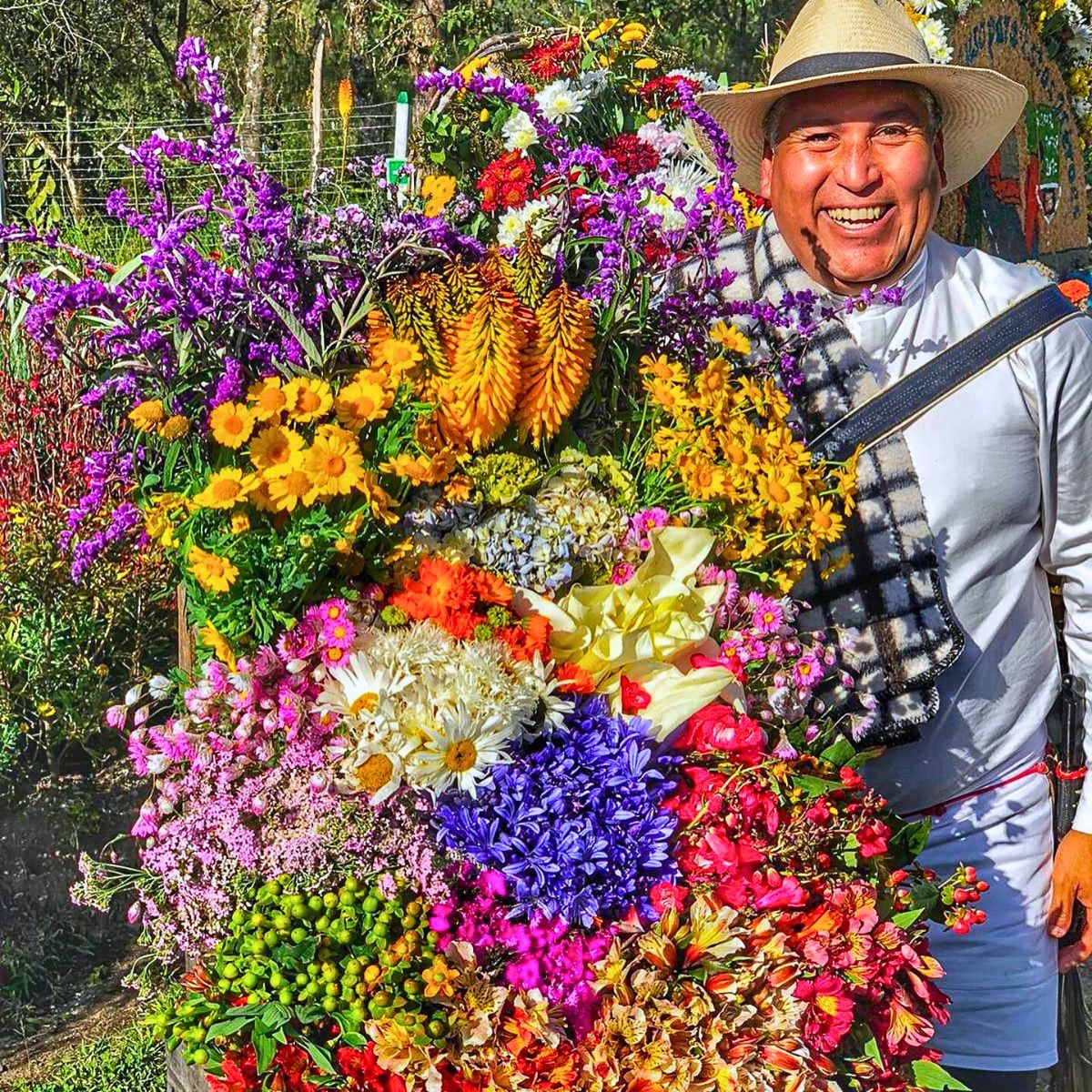
The initial ‘Flower Party,’ as it was then known, was a strictly regional event, with a focus on local participation and a smaller scale than the festival seen today. The central elements were a flower exhibition, a smaller version of the silleteros parade, and a concert and beauty contest. However, the public's awesome response to the silleteros' parade, featuring vibrant colors and intricate floral displays, kindled a passion for this unique tradition. This set the stage for the festival's development.
It later grew to become an important cultural event for the city of Medellin and a symbol of its identity and pride. With time, it gradually progressed to incorporate different other activities, all of which sought to celebrate the Colombian culture, traditions, and the natural and floral beauty of the country.
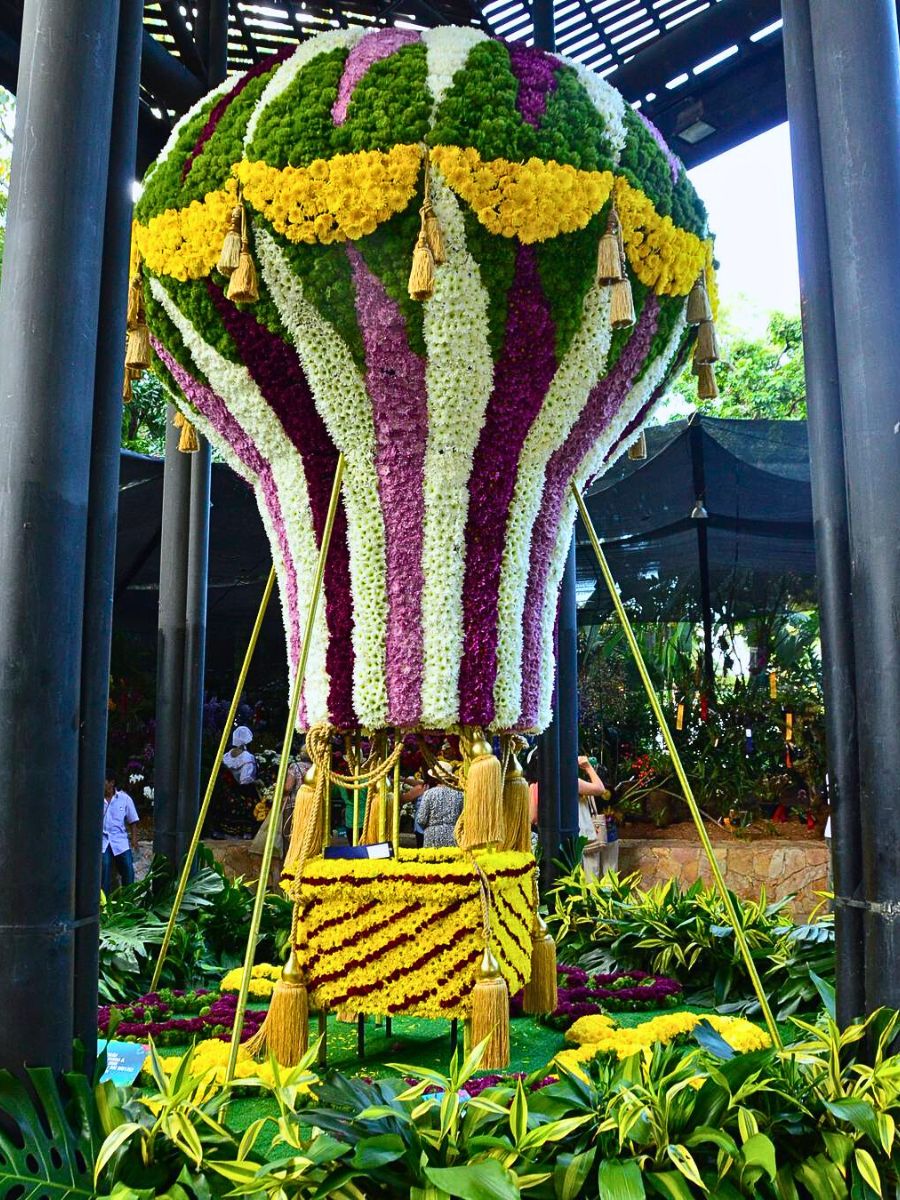
It’s All About Colombia’s Floral Artistry and Cultural Heritage
Years later, Feria de las Flores has grown into a national celebration. It attracts thousands of tourists from around the world to this city which is Colombia’s second largest. The festival's centerpiece, however, remains the Desfile de Silleteros. This is a spectacular parade featuring hundreds of silleteros, adorned in their traditional attire. They parade through the city streets with huge flower displays strapped to their backs.
From elaborate floral masterpieces artistically crafted to intricate designs that feature Colombian flowers, the floral displays paraded by these growers and flower carriers demonstrate their skill and loyalty to their art, and of course the region's vibrant flower culture. More than that, the silleteros' floral arrangements are not just decorative artifacts; they tell tales!
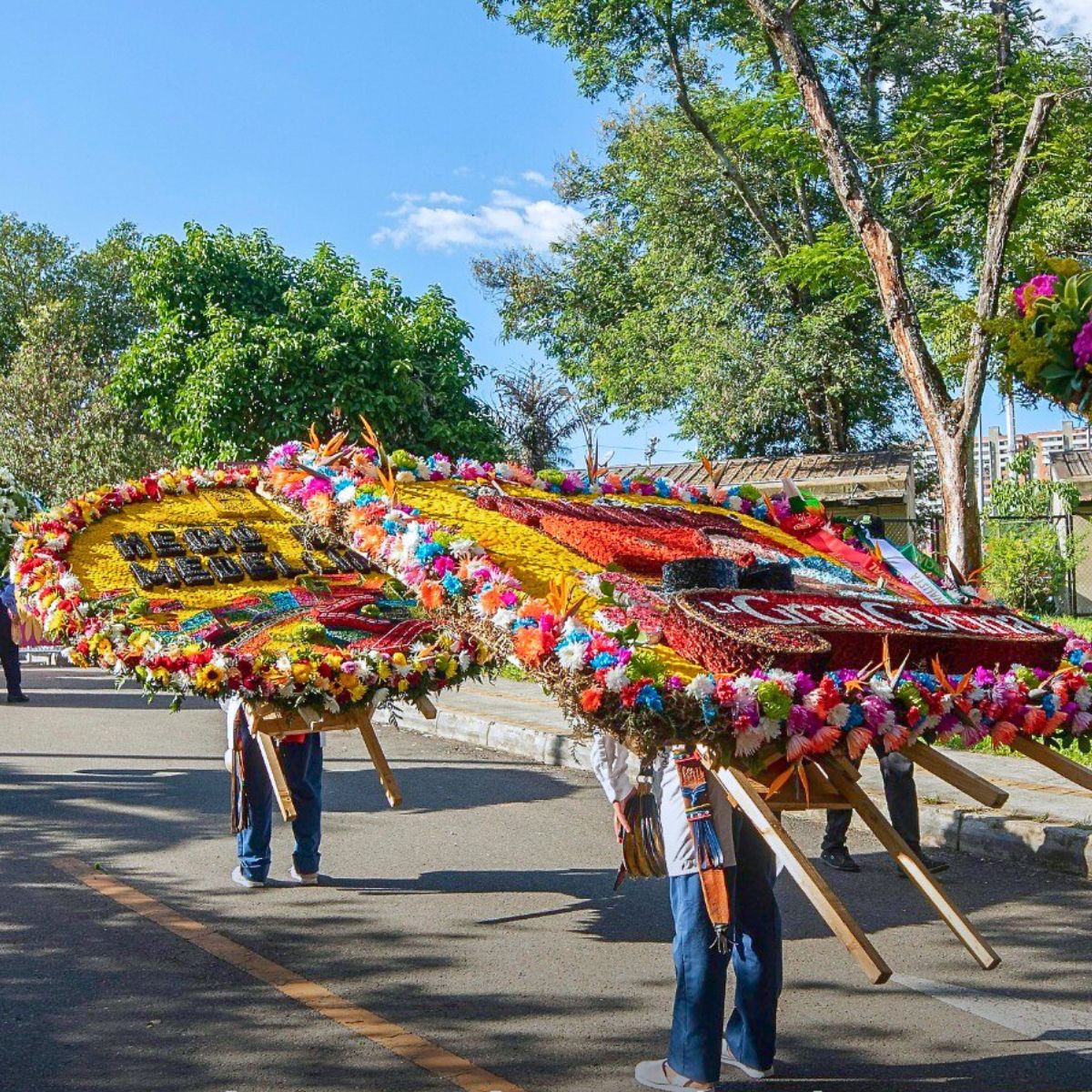
Photo by @elcolombiano
Each of the sillettas that the silleteros carry, is adorned with flowers that characterize their life experiences, their land, and their cultural heritage. The different colors, elaborate patterns, and symbolic depictions of the silletas tell a story of their connection to their homeland and all that it represents.
What’s more, these silletas come in different types. There are the simple traditional silletas, which are the closest representation to the ones used by the original flower growers back then, and emblematic silletas which have dried flowers arranged to communicate a message touching on different topics that allude to a religious, civil, and environmental, or educational topic. There are also institutional silletas, which are commercially sponsored and paid for by large brands, as well as artistic silletas which are based on the creativity and imagination of the silleteros, and monumental silletas, which are large and the most colorful of all. These feature many varieties of fresh flowers.
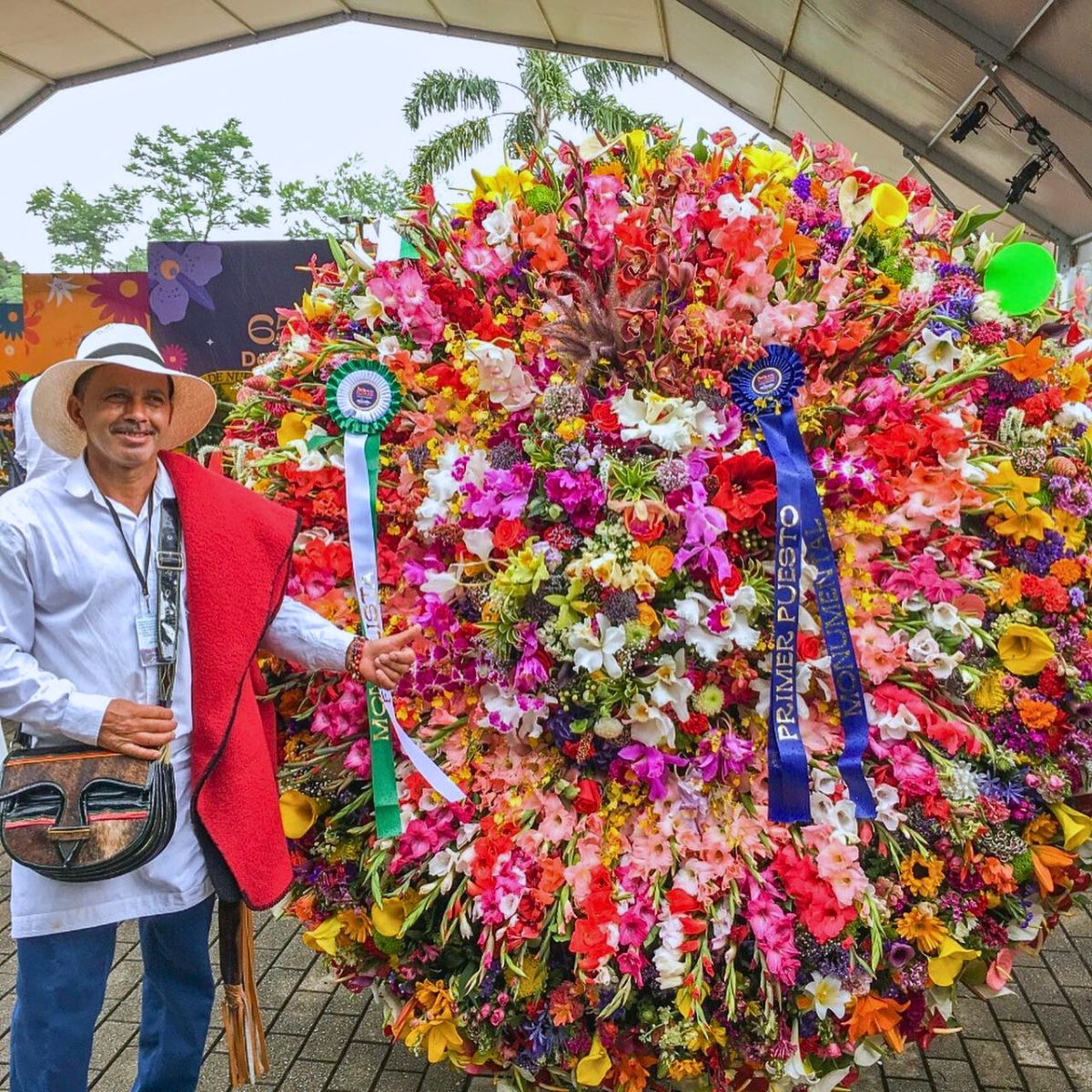
While the floral displays are certainly the main attractions of the Feria de las Flores, the floral carnival also incorporates other activities like music, dance, art, and traditional Colombian festivities. The National Trova Festival, for instance, is held during the flower fair. Trova is a type of music typical of Antioquia, that has an unmatched uniqueness. It employs elements of creativity and humor and basically showcases the lyrical heartbeat of Colombian music.
The Chiva Carnival, a parade of brightly decorated traditional Colombian buses — known as ‘chivas’ — also adds a touch of liveliness to the festivities. Chivas are open-sided buses, built on a truck chassis, and are the main means of transport in the country’s rural areas. Adorned with flowers, balloons, and other colorful decorations, these buses are, just the same way, always a key attraction of the festivities.
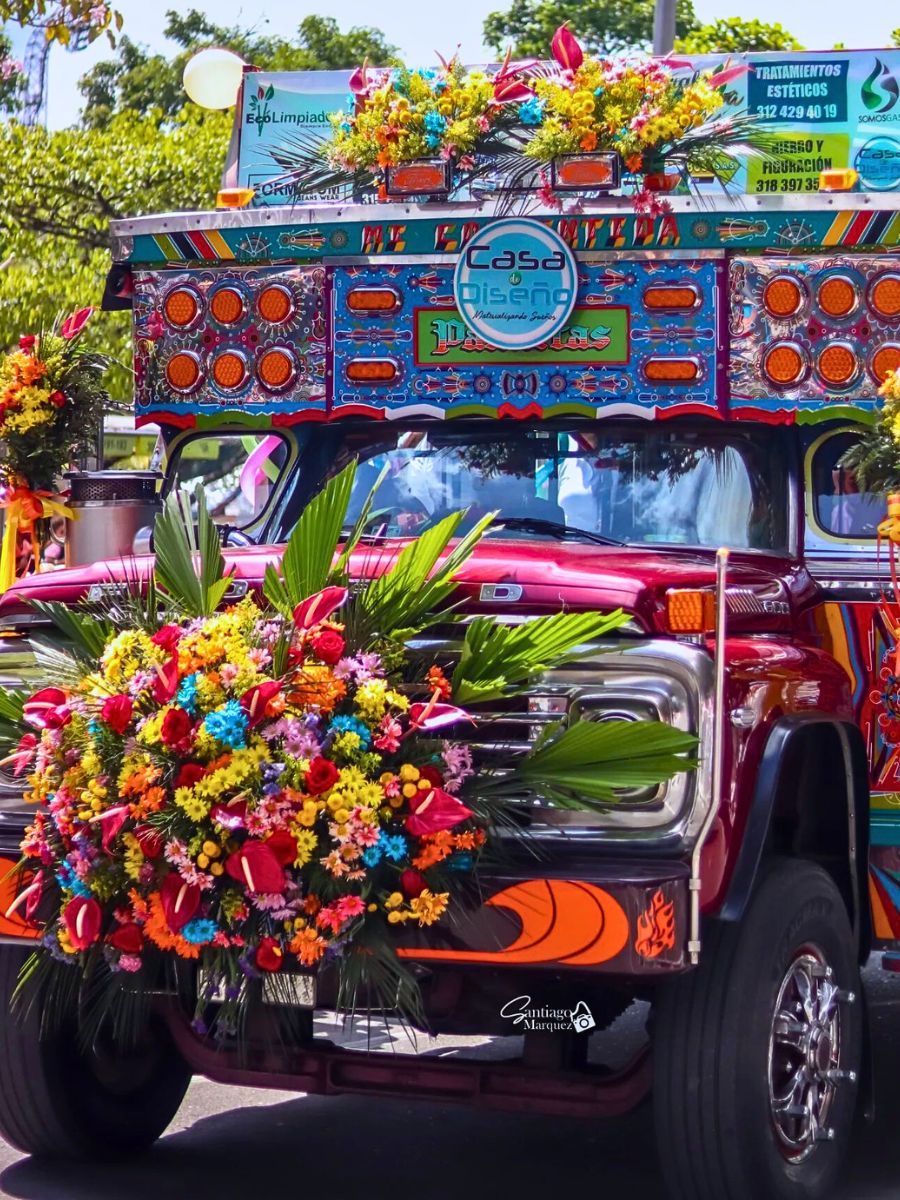
Photo by @santiago___marquez
Many other exciting activities take place during the ten days that the floral fair is held. One can, for, instance, visit the Joaquín Antonio Uribe Botanical Garden (the Botanical Garden of Medellín) which presents a showcase of different types of flowers, including orchids. Orchids are Colombia's national flower and are emblematic across the country. One can also visit flower farms around the region and have a firsthand experience of the flowers nurtured through generations by the people of Antioquia.
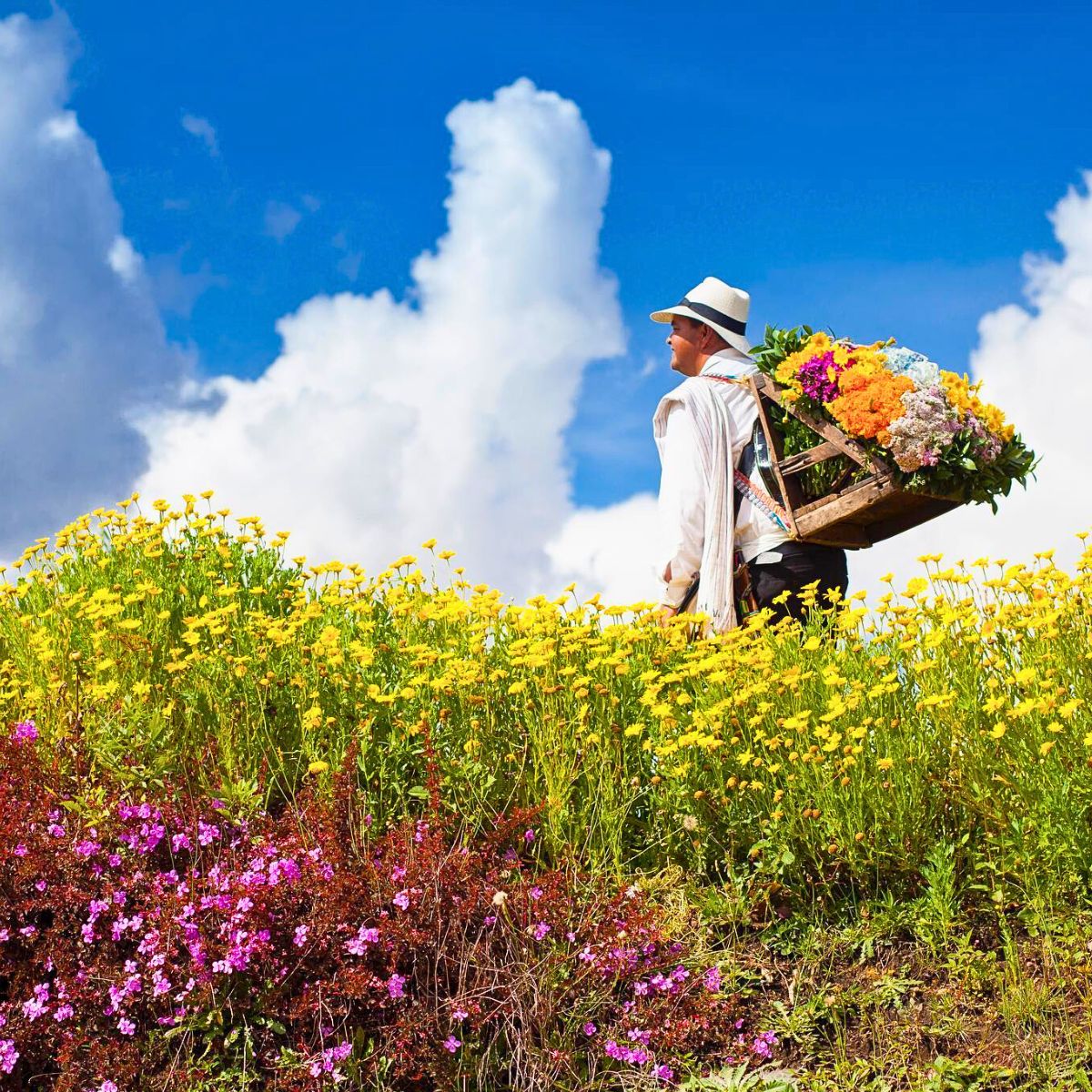
Photo by @revistalugares
All of these are activities that, anyone enthusiastic about flowers and the different floral traditions around the world, will definitely find fascinating. Discover more in the article Festivals Around the World That Commemorate the Spirit of Flowers.
Feature image by @exetergwen, header image by @mb.audiovisual.

